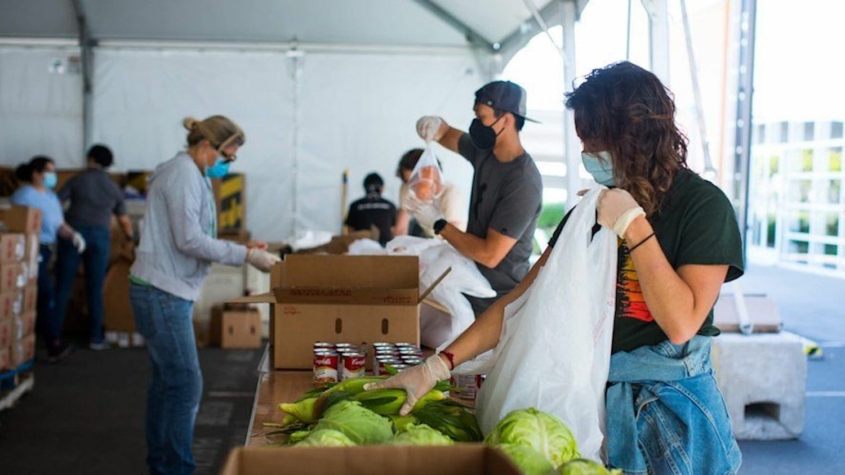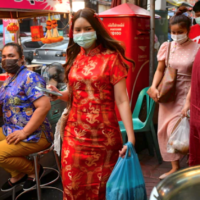Study Identifies Regional Patterns in COVID-Related Food Insecurity
During the COVID-19 pandemic, disadvantaged households in the San Francisco Bay Area were at higher risk of food insufficiency compared with similar households in the Los Angeles and Inland Empire regions, according to new UCLA research published in the journal Public Health Nutrition. The study was conducted by Professor Evelyn Blumenberg, director of the Lewis Center for Regional Policy Studies at UCLA Luskin; Professor May Wang of the UCLA Fielding School of Public Health; and doctoral students Miriam Pinski and Lilly Nhan. The researchers evaluated U.S. Census Bureau survey data to understand regional differences in the determinants of food insufficiency, defined simply as not having enough food to eat. The team focused on three metropolitan areas: San Francisco, Oakland and Berkeley; Los Angeles, Long Beach and Anaheim; and Riverside, San Bernardino and Ontario. Overall, the rate of food insufficiency was lowest in the Bay Area, one of the state’s most affluent regions. However, the Bay Area’s disadvantaged households fared worse than their counterparts in Southern California. “Income and educational levels are higher, but income inequality and cost of living are also higher” in the Bay Area, the researchers explained. The study pointed to Los Angeles as a region where an active food distribution network was already in place, enabling governments, schools and community organizations to respond more effectively to the sudden increases in food insecurity brought about by the pandemic. The study was designed to guide the development of economic relief programs and increase the reach of federal assistance programs to address widening health disparities.










Leave a Reply
Want to join the discussion?Feel free to contribute!